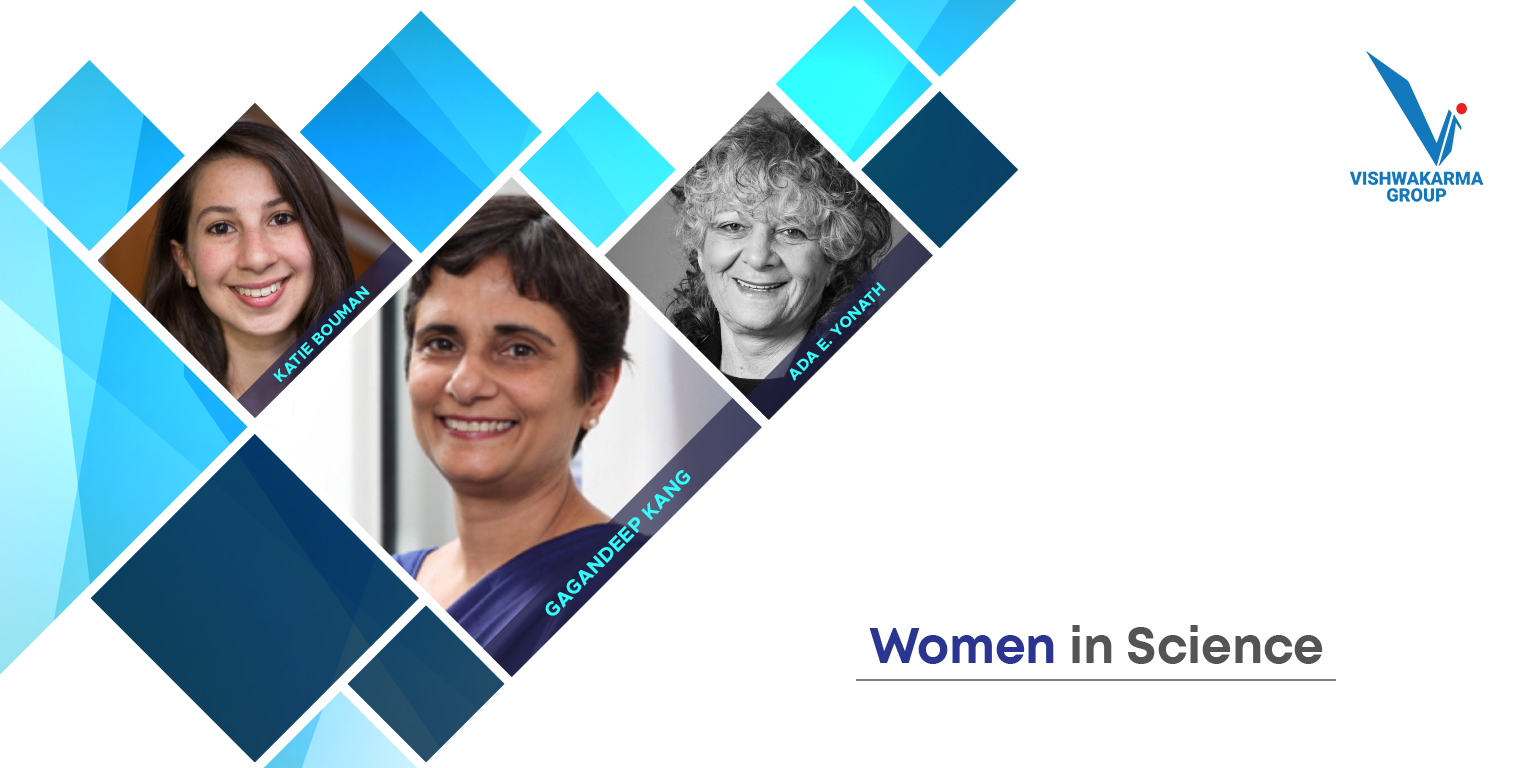
What do you see when you picture a SCIENTIST? Usually Albert Einstein, a bad hairstyle, in a white lab coat? That is something that occurs to us instantaneously!
“Scientists define sciences by pushing past the bounds of human knowledge and breaking down the thought barriers of time”.
We celebrate them as geniuses who have upended our understanding of the cosmos, the planets and of ourselves. By and large, the science and technology field is still arguably male dominated.
It’s a rare possibility that we would visualise a woman surrounded with equipment, copying notes while she closely observes the chemical reactions in a glass flask.
As a minority, scientific contributions by women are often under appreciated. It’s a sombre fact that gender inequality still remains prevalent in the science and technology fields.
A few women scientists who defied this stereotype were written out of history!
In 1903 Marie Curie was the first woman to win the Nobel Prize, and in 1911 became the first person and only one of four others to win the Nobel Prize, twice. To this day, Marie Curie is the only person to receive a Nobel prize in two different sciences.
Some facts:
- It was a woman, Rosalind Franklin, who discovered the structure of DNA.
- It was a woman, atmospheric researcher Eunice Foote, who first outlined the global greenhouse effect and worked towards measures for elimination.
- It was a woman, Maria Mitchell, a professional astronomer who discovered the first comet which was then called “Miss Mitchell’s Comet.”
These women paved the way for future generations of women scientists and explorers. But highlighting the stories of these women in science is more than just augmenting women’s history. It's about understanding the cultural attitudes, historical forces and social realities that made science what it is today and what it will be tomorrow.
Women in Science - Do they often feel unwelcome?
The domain of STEM has for long been a white men’s club. It’s how the history of Science is often told - we tend to think of the world in one way and then people like Newton, Darwin, Einstein, Edison come along and shake up our understanding of fundamental things. But, in this trope of ‘lone genius’ : something thats usually applied to men, a few women thriving in science involuntarily got added. Inspite of women’s roles being unfairly overlooked in major scientific discoveries, many women in science revolutionised the ‘unwelcome’ tag and have emerged as successes.
Katie Bouman
Recently, the world laid eyes on the first image of the black hole and it shattered our fundamentals of understanding the great scientific mysteries of the universe. The woman scientist, Katie Bouman, lead the creation of a crucial algorithm that captured the image of a supermassive black hole for the first time.
The black hole image was captured by the Event Horizon Telescope (EHT), a network of eight linked telescopes, which was rendered by an algorithm (an algorithm : a set of rules used to solve problems). A single telescope isn’t powerful enough to capture the black hole, so a network of eight was set up using a technique called interferometry. The data Katie Bouman captured was stored on hundreds of hard drives. She attempted a testing process with different assumptions and multiple algorithms to recover an image from this data.
Gagandeep Kang
Biologist, Gagandeep Kang, made history by becoming the first Indian woman scientist to be elected a Fellow of the Royal Society, Britain’s main and prestigious scientific academy. She is known for her inter-disciplinary research of infection in children and has played an important role in developing vaccines against typhoid and rotavirus. She has also worked for the last 30 years on gut infections in Indian children and what those infections do to children in terms of their nutrition and mental development.
Gagandeep Kang said, “We don’t see many women scientists around and very few in the leadership role. It’s not because women are less capable but because the system (science establishment) doesn’t provide the necessary support in terms of flexible working hours or shifting of jobs.”
Ada E. Yonath
Keeping in view the extraordinary work that these women scientists have contributed to the field of science,Vishwakarma University, Pune decided to honour them. In the recent VUIC 2019 event, Ada E. Yonath was invited as the guest of honour.
Israeli crystallographer, Ada E. Yonath, won the Nobel Prize in Chemistry in 2009 for her pioneering discoveries on the structure and function of ribosomes, the protein synthesisers in cells. While addressing the young minds, Ada Yonath elaborated on conveying the joy of science to young people and encouraging drug companies to develop new and better antibiotics. She also keenly emphasised ‘Curiosity’ as a good quality for any budding scientist.
While women like Bouman, Kang and their countless peers, will always serve as shining examples of where the women in science stand, it may take subtler, more consistent changes to turn the tide. Having more visible women at the forefront of science will inspire thousands of other women who want to pursue their work in an environment of parity and respect!



